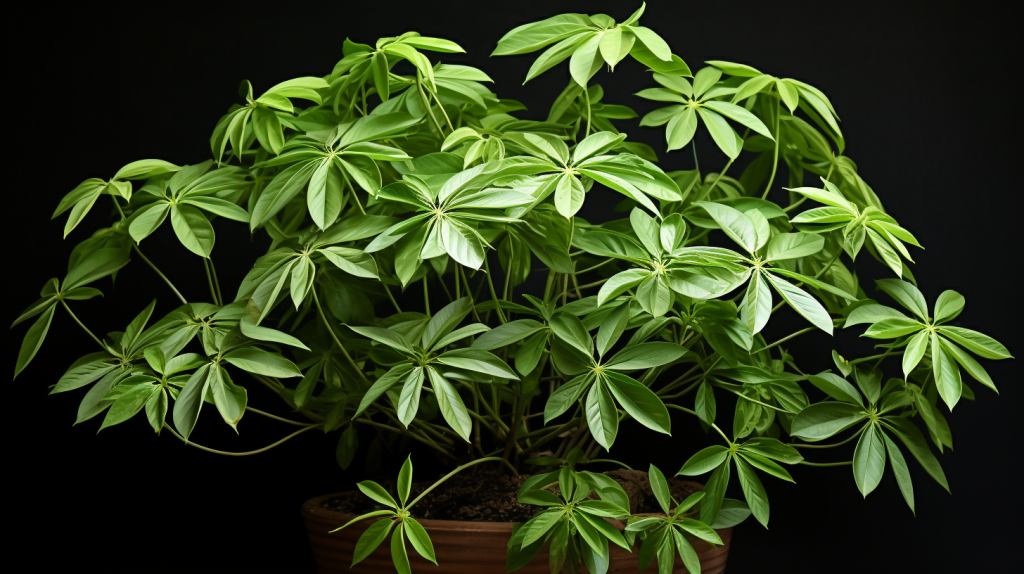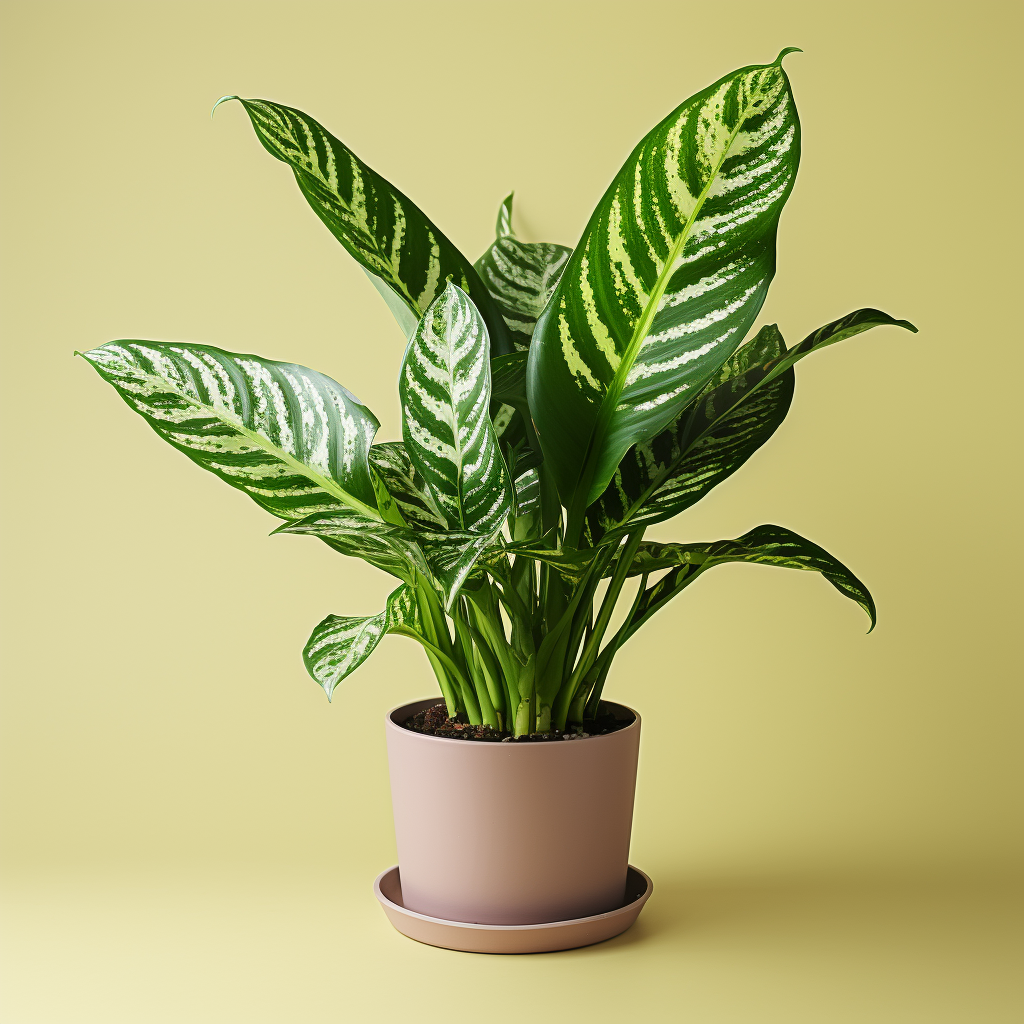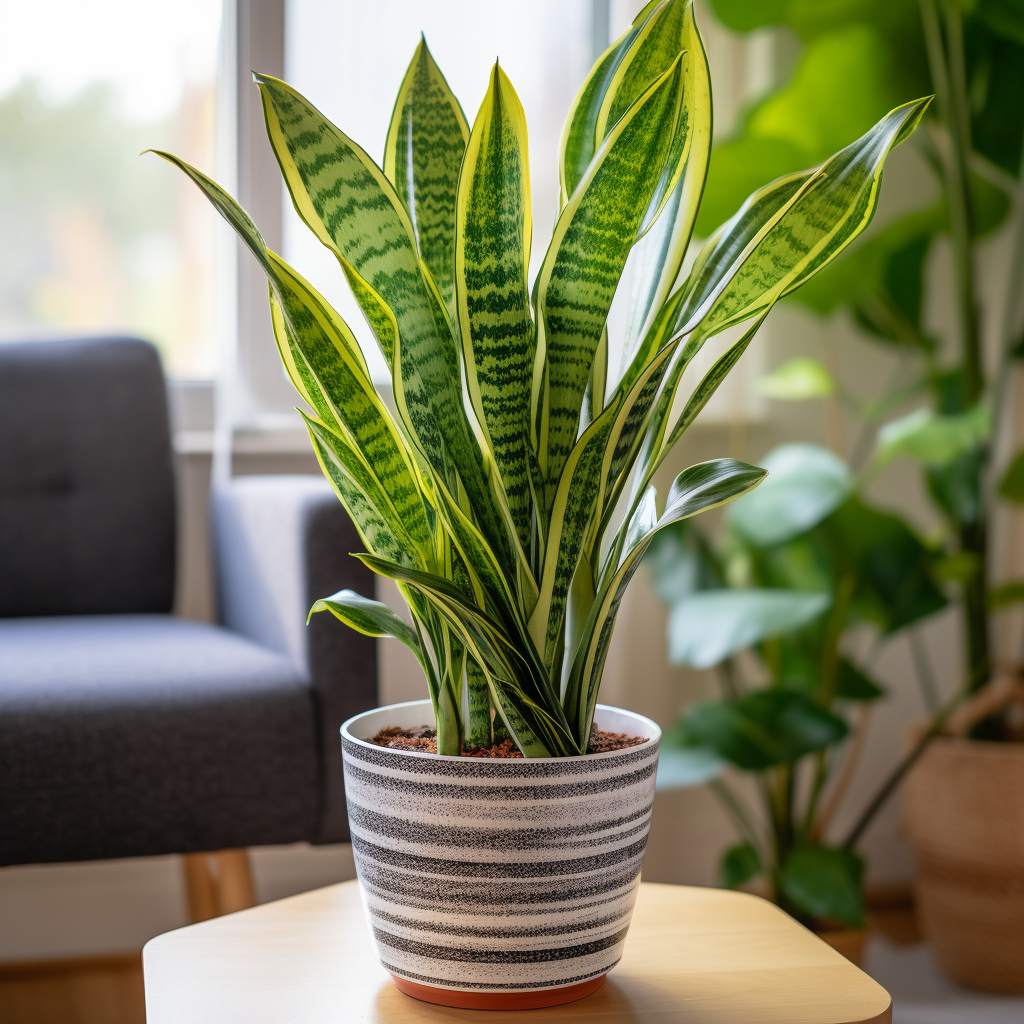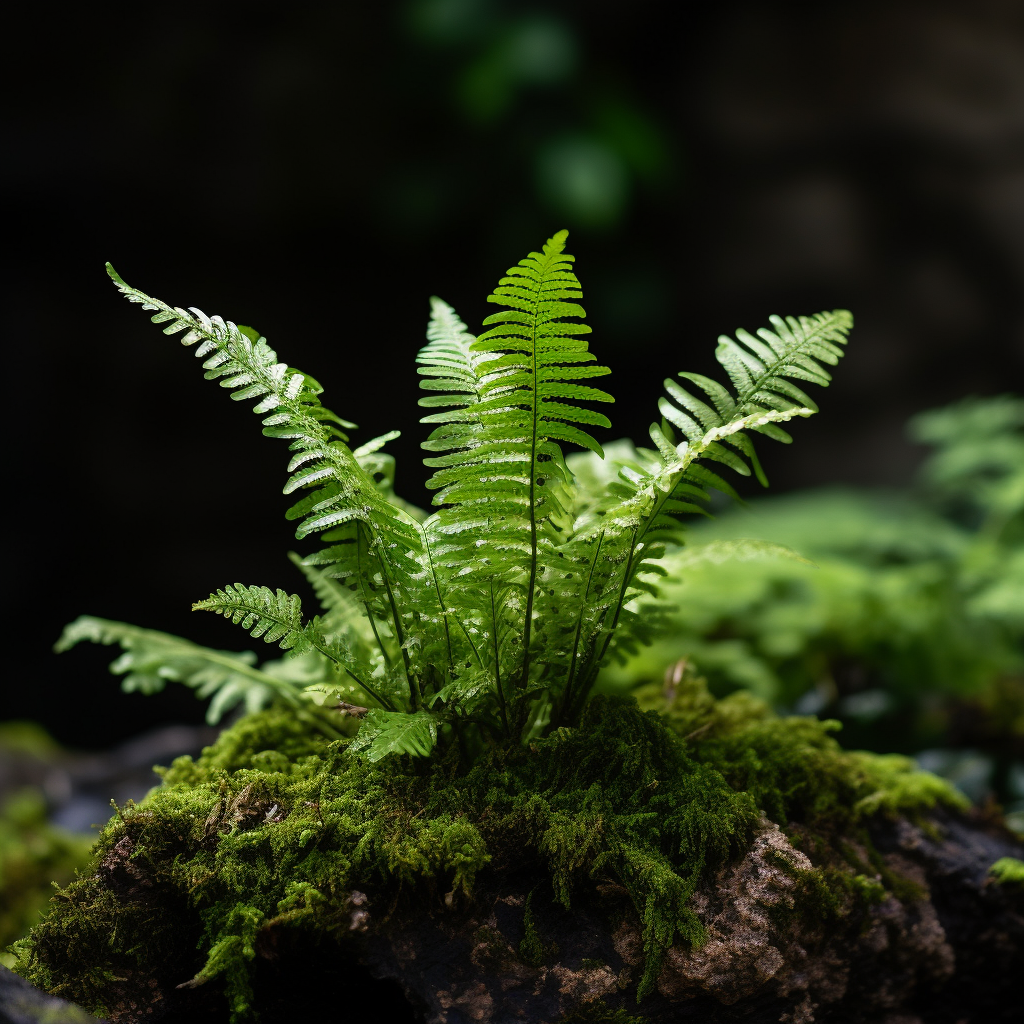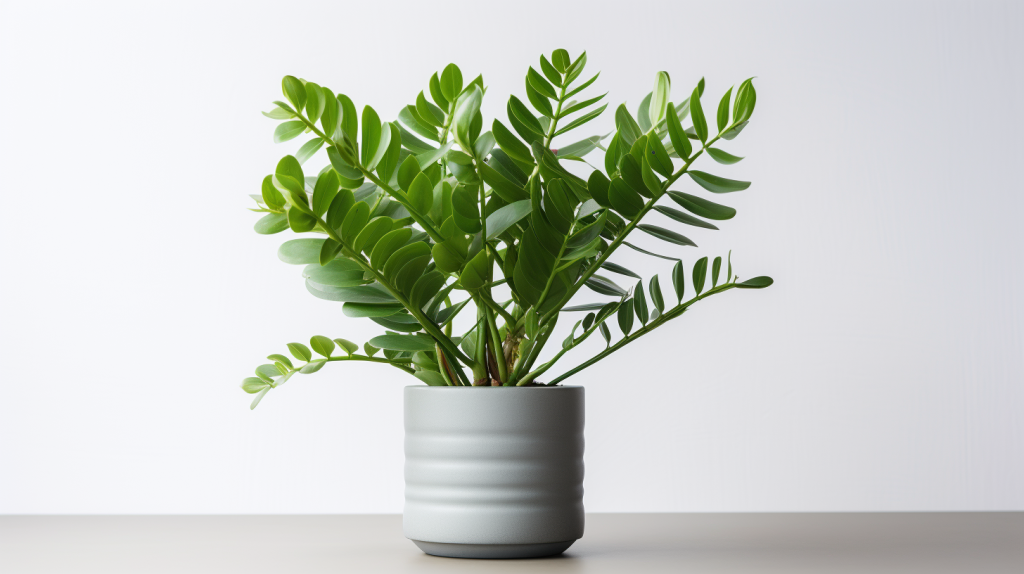Don’t be fooled by the name “Umbrella Plant.” It might conjure up images of an eccentric piece of flora, seemingly pulled out of a fairy tale. However, Schefflera Arboricola, or the Umbrella Plant, is a fairly common yet excitingly unique indoor and outdoor plant species. Its beauty, robustness, and ease of care make it a favorite among plant enthusiasts. In this comprehensive guide, we will explore various aspects of the Umbrella Plant, from its stunning looks to its intriguing properties, and essential care instructions.
What is the Umbrella Plant?
The Umbrella Plant, scientifically known as Schefflera Arboricola, is a tropical shrub belonging to the Araliaceae family. Native to Taiwan and Hainan, it is known for its resilience and versatility. Indoors, it’s a beloved houseplant, and outdoors, it can rise as a small tree, making it a valuable asset for home gardens and larger landscaping projects.
Description of the Umbrella Plant
When you think of a typical plant, you might envision a sturdy stem with leaves neatly sprouting from it. The Umbrella Plant, however, challenges that norm with its stunning and unconventional design. It has long, slender stems that lead to clusters of glossy, lance-shaped leaves, fanning out like the ribs of an umbrella—thus its common name.
What Does the Umbrella Plant Look Like?
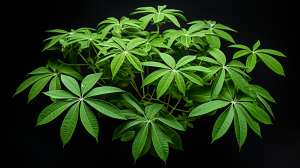
An adult Umbrella Plant can grow up to 6-8 feet indoors and reach 25-40 feet when grown outdoors in its natural habitat. Its foliage is a lush green, sometimes variegated with yellow or creamy white. The leaf clusters—made up of 7 to 9 leaflets—create a large canopy that radiates in all directions, resembling a multi-tiered umbrella.
Umbrella Plant Flowering
As fascinating as the Umbrella Plant’s foliage is, its flowering phase adds an extra layer of beauty to the spectacle. It produces clusters of red or pink flowers that later give way to small, oblong, orange or red fruits. However, flowering is more common in outdoor plants and quite rare for indoor houseplants.
Displaying the Umbrella Plant
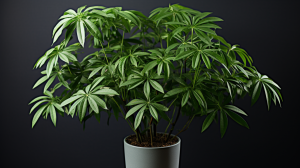
Showcasing your Umbrella Plant is all about picking the right location. It’s a semi-shade loving plant, meaning it prefers a spot with indirect light. It makes a striking appearance on side tables, bookshelves, or any area where its dramatic foliage can be fully appreciated. When well-managed, it could serve as a natural room divider or an eye-catching entryway piece.
Is the Umbrella Plant Poisonous?
Despite its many endearing qualities, caution is advised around the Umbrella Plant. All parts of the plant are toxic if ingested. It’s especially risky for pets like cats and dogs, leading to symptoms like vomiting, drooling, and difficulty swallowing. Therefore, keep it out of the reach of children and pets.
Umbrella Plant Facts
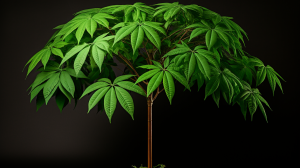
Umbrella Plants are as intriguing as they are beautiful. Here’s a quick look at some key facts:
| Fact | Details |
|---|---|
| Scientific Name | Schefflera Arboricola |
| Family | Araliaceae |
| Origin | Taiwan and Hainan |
| Size | 6-8 feet (indoors), 25-40 feet (outdoors) |
| Light | Prefers indirect sunlight |
| Watering | Moderate, let soil dry out between watering |
Caring for Your Umbrella Plant
To maintain a healthy Umbrella Plant, follow these care instructions:
| Care Element | Instructions |
|---|---|
| Light | Place in indirect sunlight |
| Water | Water moderately, allowing the top inch of soil to dry between waterings |
| Temperature | Prefers 15-21°C, but can tolerate as low as 13°C |
| Humidity | Enjoys higher humidity, mist regularly |
| Fertilizer | Apply a balanced houseplant fertilizer every two weeks in spring and summer |
Common Problems
Common issues with Umbrella Plants often stem from overwatering, leading to yellowing leaves and root rot. Conversely, under-watering can cause leaf drop. Pests such as aphids, mealybugs, and scale can also pose threats.
Frequently Asked Questions
- Does the Umbrella Plant need a lot of sunlight? No, the Umbrella Plant prefers indirect sunlight and can tolerate semi-shade.
- How often should I water my Umbrella Plant? Water your Umbrella Plant moderately, allowing the top inch of soil to dry between waterings.
- Is the Umbrella Plant toxic to pets? Yes, all parts of the plant are toxic if ingested and can cause symptoms such as vomiting and difficulty swallowing in pets.
- Why are the leaves of my Umbrella Plant turning yellow? This could be a sign of overwatering. Allow the top inch of the soil to dry out before watering again.
- Can my Umbrella Plant flower indoors? It’s rare for indoor Umbrella Plants to flower. This usually happens when the plant is grown outdoors in its natural environment.
Conclusion
Whether you’re a green thumb looking for a new challenge or a newbie venturing into the world of houseplants, the Umbrella Plant is a perfect choice. Its stunning appearance, coupled with its hardy nature, make it an excellent addition to any home or garden. Care for it well, and it will offer you an aesthetic treat for years to come. However, remember to handle it with care, given its toxic properties.

